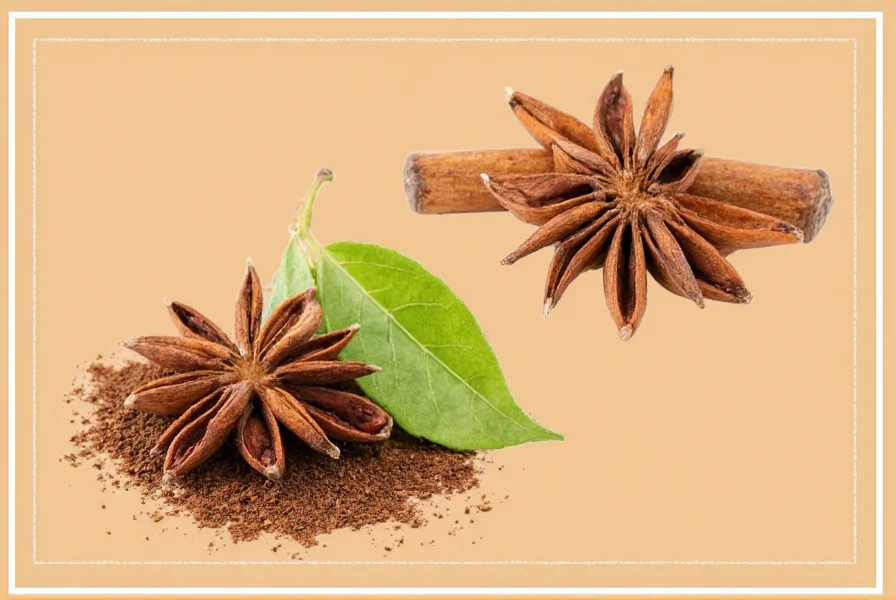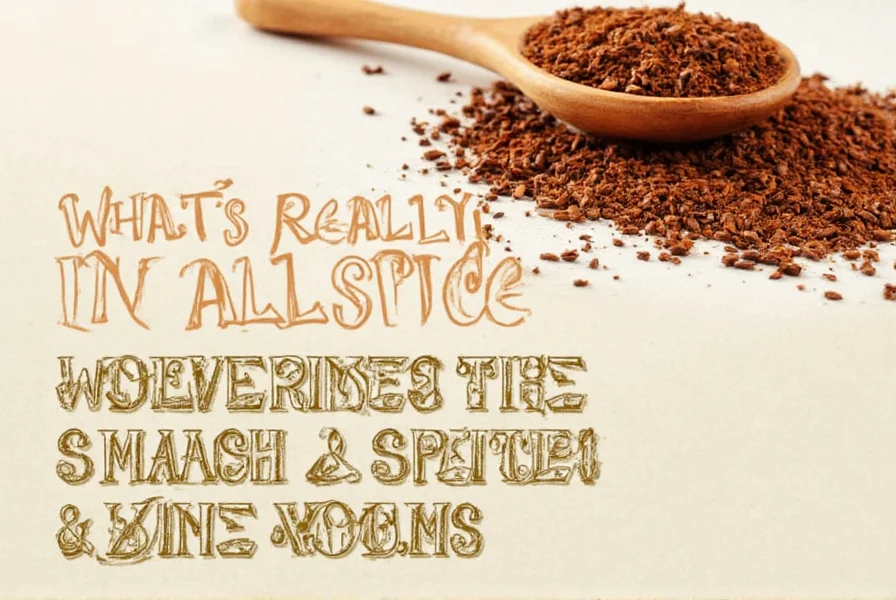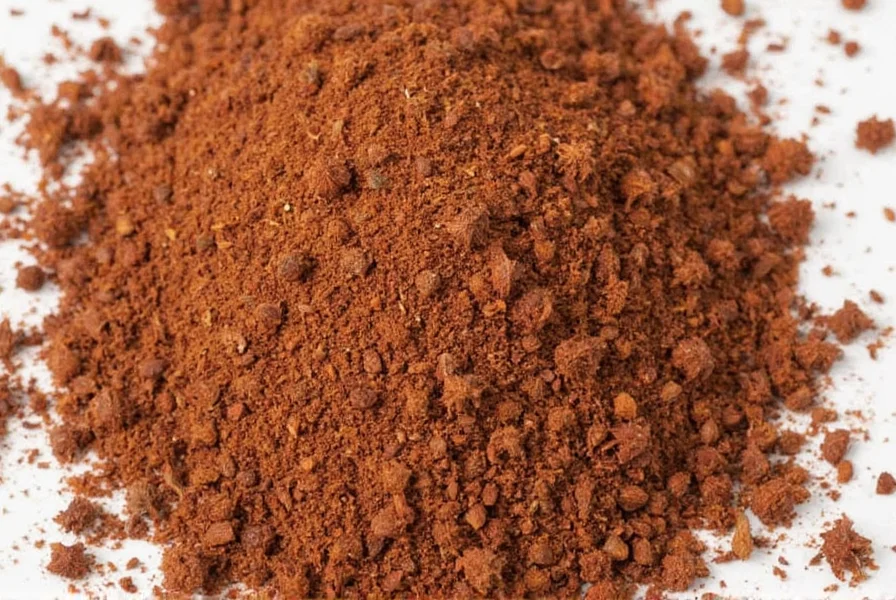Many home cooks mistakenly believe allspice is a pre-mixed combination of various spices. This widespread misconception likely stems from its complex flavor profile that echoes multiple warm spices. Understanding what's actually in allspice prevents recipe errors and enhances culinary precision.
The True Nature of Allspice
Allspice, scientifically known as Pimenta dioica, originates from the Caribbean and Central America. The name "allspice" was coined by English explorers in the 1600s who noted its flavor contained elements reminiscent of several spices. However, commercially available allspice contains only one component: the dried berries of the allspice tree.
When these small berries are harvested unripe and sun-dried, they transform from green to a reddish-brown color, developing their characteristic warm, sweet, and slightly peppery flavor. The chemical compounds eugenol, myrcene, and caryophyllene create the complex taste profile that mimics multiple spices.

Common Misconceptions About Allspice Composition
One of the most persistent culinary myths is that allspice contains cinnamon, nutmeg, and cloves. This misunderstanding leads many to create homemade "allspice blends" when recipes call for it. Professional chefs and food scientists confirm that authentic allspice is always a single-ingredient product.
When examining commercial allspice packaging, check the ingredient list. Pure allspice will state only "allspice" or "Pimenta dioica berries." If you see multiple spices listed, it's a custom blend mislabeled as allspice.
Flavor Profile and Culinary Applications
Allspice delivers a complex flavor that combines:
| Flavor Component | Percentage Contribution | Common Association |
|---|---|---|
| Warm Sweetness | 40% | Cinnamon |
| Pungent Heat | 25% | Cloves |
| Earthy Depth | 20% | Nutmeg |
| Peppery Notes | 15% | Black Pepper |
This unique composition makes allspice incredibly versatile across global cuisines. Jamaican jerk seasoning relies on allspice as its foundation, while Middle Eastern dishes like muhammara use it to enhance roasted red pepper spreads. In baking, it complements pumpkin and apple recipes without overwhelming other flavors.
Substitutes When Allspice Isn't Available
If you need an allspice substitute, understanding what's in allspice helps create an effective replacement. For each teaspoon of allspice required:
- ½ teaspoon ground cinnamon
- ¼ teaspoon ground nutmeg
- ¼ teaspoon ground cloves
This combination approximates allspice's flavor profile but won't replicate it exactly. The natural synergy of compounds in genuine allspice creates a more balanced taste than any blend can achieve. For best results in Caribbean recipes, seek out whole allspice berries and grind them fresh.
Storage and Quality Considerations
To preserve allspice's complex flavor compounds, store it properly. Whole berries maintain potency for 2-3 years when kept in an airtight container away from light and heat. Ground allspice loses its volatile oils more quickly, remaining optimal for only 6-12 months.
When evaluating allspice quality, look for:
- Deep reddish-brown color (avoid pale or grayish samples)
- Strong aromatic scent when crushed
- Uniform particle size in ground varieties
- No visible moisture or clumping

Nutritional Profile and Health Considerations
Allspice contains several beneficial compounds, including eugenol (also found in cloves), which has demonstrated antioxidant properties. One teaspoon (2g) provides:
- 6 calories
- 1.5g dietary fiber
- Trace amounts of manganese, iron, and vitamin K
- Antimicrobial compounds
While generally safe, those with clove allergies should exercise caution with allspice due to shared chemical components. As with any spice, moderation is key—consuming excessive amounts may cause digestive discomfort.
Global Variations and Authenticity
Authentic allspice production remains concentrated in Jamaica, which produces the highest quality berries due to ideal growing conditions. Jamaican allspice typically contains higher concentrations of eugenol, creating a more complex flavor profile compared to varieties grown in other regions.
When shopping for allspice, look for designations like "Jamaican pimento" which indicates the single-origin product. Avoid products labeled "mixed spice" or "pumpkin pie spice" which are actual blends containing multiple spices.











 浙公网安备
33010002000092号
浙公网安备
33010002000092号 浙B2-20120091-4
浙B2-20120091-4